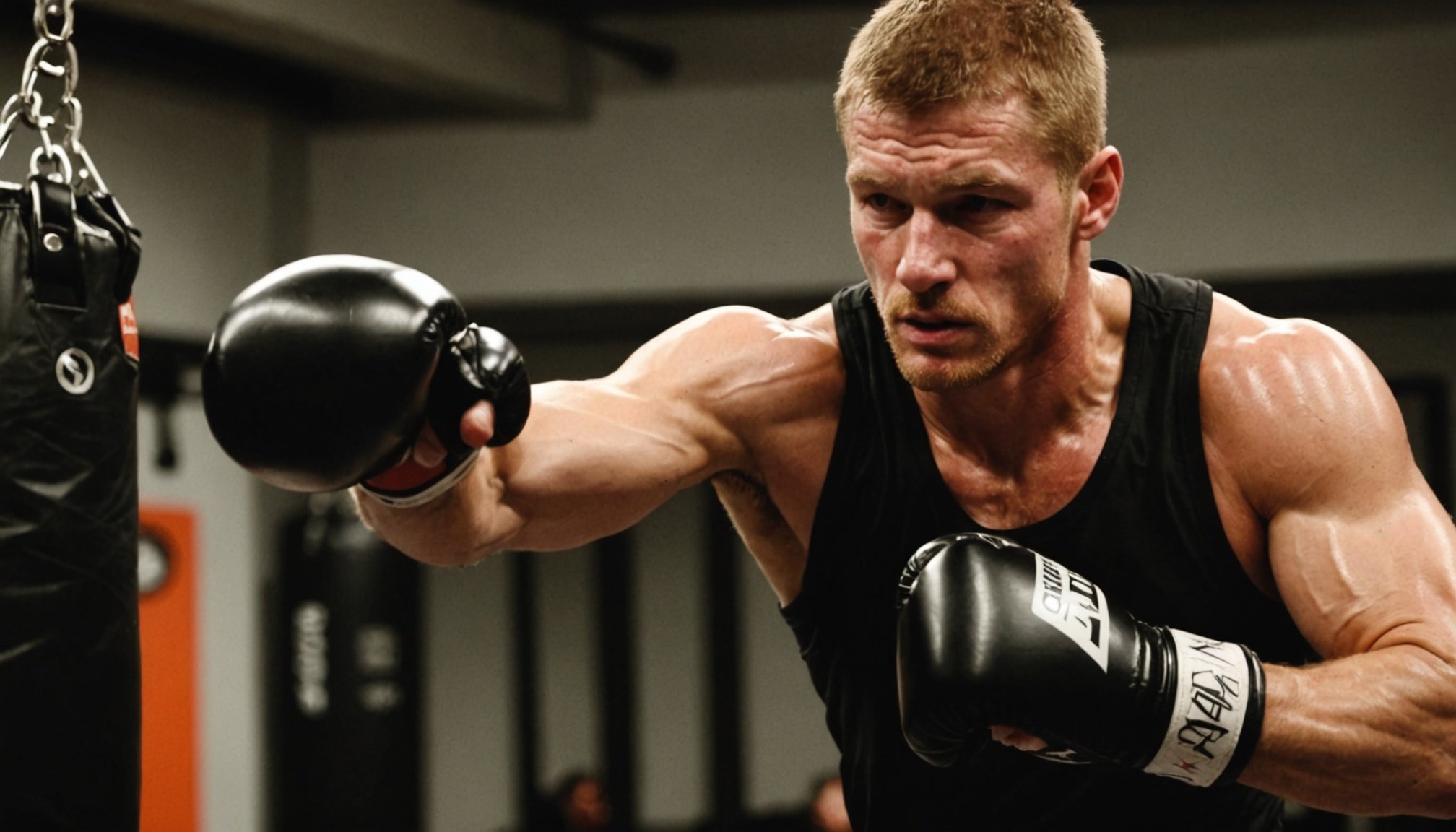In the realm of sports and fitness, understanding the delicate balance between training and recovery is crucial for achieving peak performance. This balance becomes even more critical for fighters, athletes who engage in intense physical activity and push their bodies to the limit. While training is essential to improve strength and skills, an excess of it can lead to a condition known as overtraining. This article aims to explore the symptoms of overtraining and how fighters can identify these signs to maintain their health and enhance their performance.
Understanding Overtraining Syndrome
Overtraining syndrome (OTS) is a condition characterized by excessive training without adequate rest and recovery. It can lead to a decline in performance, increased fatigue, and various physical and psychological symptoms. Fighters, due to their rigorous training regimens, are particularly susceptible to OTS. Recognizing what constitutes overtraining is the first step in prevention.
In parallel : What role does sparring play in the development of a successful combat athlete?
When fighters train, they put their bodies under significant stress. This stress can lead to temporary improvements in strength and ability. However, when training becomes excessive or lacks variety, the body may not have enough time to recover. The symptoms of overtraining can manifest in various ways, impacting not just physical performance but also mental well-being.
Common signs of this syndrome include prolonged fatigue, irritability, decreased performance, and increased perception of effort during workouts. Fighters may notice that their usual techniques and moves require more effort than before, indicating a decline in their physical capabilities. Besides physical signs, psychological symptoms like anxiety, depression, and lack of motivation can also surface, making it crucial for athletes to be aware of their mental state.
In parallel : How can fighters incorporate yoga into their training regimen for improved flexibility?
To combat OTS, fighters must prioritize recovery. This includes planning rest days into their training schedules, incorporating active recovery techniques, and ensuring proper nutrition to fuel their bodies. Additionally, practicing mindfulness and stress management techniques can help maintain mental health, creating a holistic approach to training.
Recognizing the Symptoms of Overtraining
Recognizing the symptoms of overtraining is vital for fighters to ensure they do not push themselves beyond their limits. The signs can be both physical and emotional, and understanding them can help prevent long-term damage.
Physically, fighters may experience persistent soreness in their muscles and joints. This discomfort, which doesn’t seem to improve with standard recovery methods, can signal that they are overtrained. Unexplained weight loss, insomnia, and decreased immunity, resulting in frequent illnesses, are also red flags. If a fighter finds that they are getting sick more often or feeling constantly fatigued even after a good night’s sleep, these can indicate that their body is overwhelmed.
On an emotional level, fighters may experience mood swings and irritability. They might find it challenging to stay focused during training or feel a lack of enthusiasm toward their sport. This emotional fatigue can often be mistaken for a lack of passion, but it is more about the body needing a break. Remember that mental health is just as important as physical health in sports.
Track your training and recovery patterns. Keeping a journal can help you identify when symptoms begin to appear and link them to your training intensity. This practice not only aids in recognizing overtraining but also helps in planning a more effective training regimen. If you notice several of these symptoms persisting over time, it may be time to reassess your training strategies and build in more recovery time.
The Importance of Recovery and Rest
Recovery and rest are integral components of any training program, especially for fighters engaging in high-intensity workouts. Understanding how to incorporate proper recovery techniques can significantly improve performance and reduce the risk of overtraining.
After rigorous training sessions, your body undergoes a healing process. Muscle fibers that endure stress during workouts need time to repair. This is where rest comes in. Fighters should prioritize rest days, allowing their bodies to recuperate fully. Active recovery, such as light exercises, stretching, or yoga, can also enhance blood circulation and reduce muscle soreness without straining the body further.
Nutrition plays a crucial role in recovery. Consuming the right balance of macronutrients—proteins, fats, and carbohydrates—is essential for muscle repair and energy replenishment. Hydration cannot be overlooked either. Dehydration can exacerbate fatigue and hinder performance, making it vital to drink enough fluids before, during, and after training sessions.
Mindfulness and relaxation techniques, such as meditation or deep-breathing exercises, can further support recovery, reducing stress levels and enhancing mental clarity. By integrating these recovery strategies into your training regimen, you can help your body bounce back more effectively, ensuring you are prepared for your next challenge in the ring or on the mat.
Preventing Overtraining in Fighters
Preventing overtraining requires a proactive approach to training and recovery. Fighters must be aware of their training loads and adjust their workouts according to their body’s signals.
One effective strategy is to periodize training. This method involves varying the intensity and volume of workouts over time. You might focus on building strength one month, followed by a month dedicated to endurance and then a recovery phase. This cyclical approach can prevent the monotony and intensity associated with constant heavy training.
Incorporating cross-training can also be beneficial. Engaging in different activities, such as swimming or cycling, can provide a break from the usual training routine while still working on cardiovascular fitness. This variety not only keeps the training engaging but also allows muscle groups to recover from specific stressors related to martial arts training.
Listening to your body is perhaps the most critical aspect of prevention. If you feel unusually fatigued or notice any symptoms of overtraining, don’t hesitate to adjust your schedule. Consult with coaches or sports professionals to develop a tailored training plan that considers your personal limits and goals. Remember, it is better to take a step back and recover than to push through the pain and risk long-term setbacks in your fitness journey.
In conclusion, fighters must recognize the signs of overtraining to maintain their health and optimize their performance. By understanding overtraining syndrome, identifying symptoms, prioritizing recovery, and implementing preventive strategies, athletes can ensure they remain at the peak of their fitness. Remember that training should be balanced with adequate rest and recovery to achieve long-lasting success in your athletic pursuits. By taking care of your body and mind, you will be better prepared to face the challenges of your sport and achieve the greatness you aspire to.











